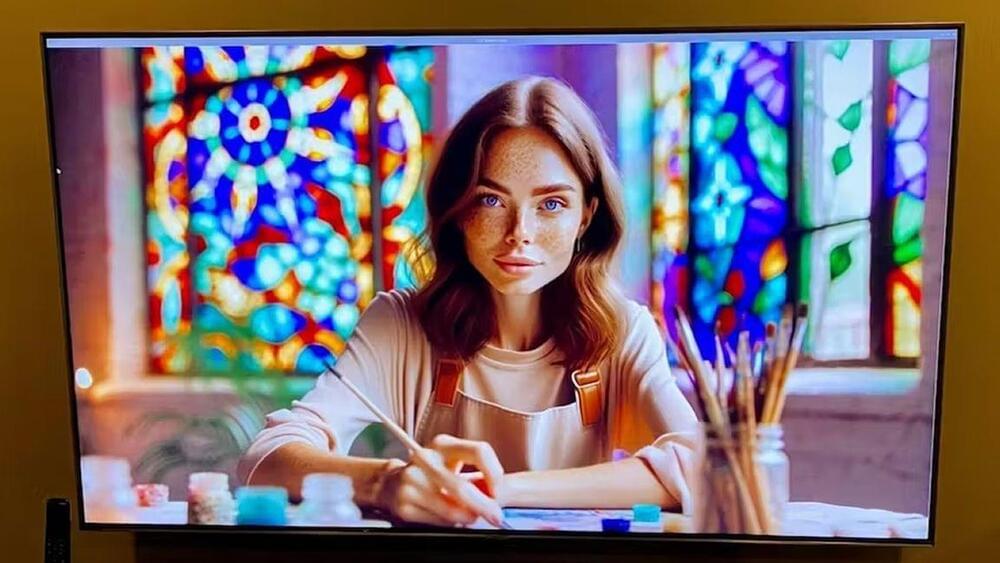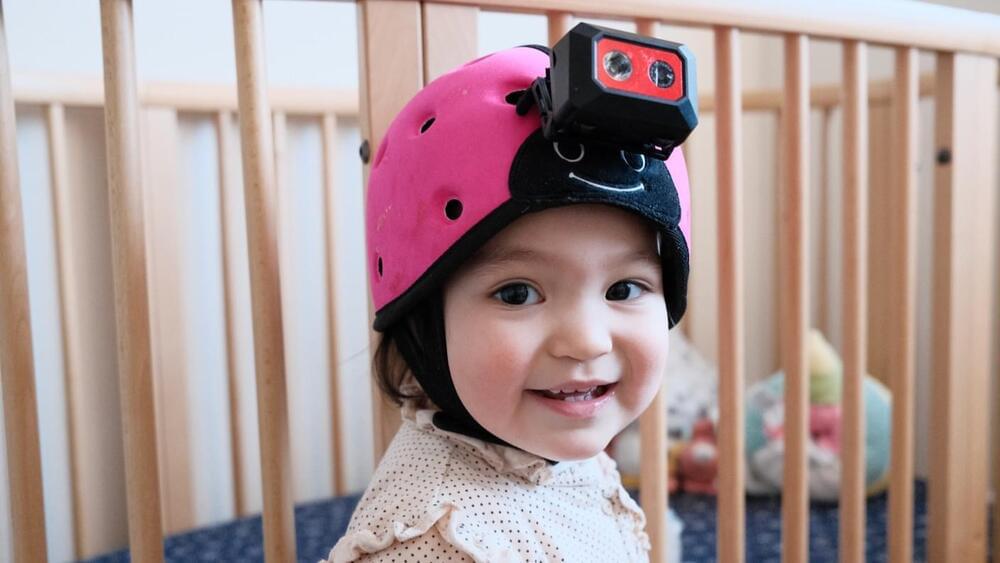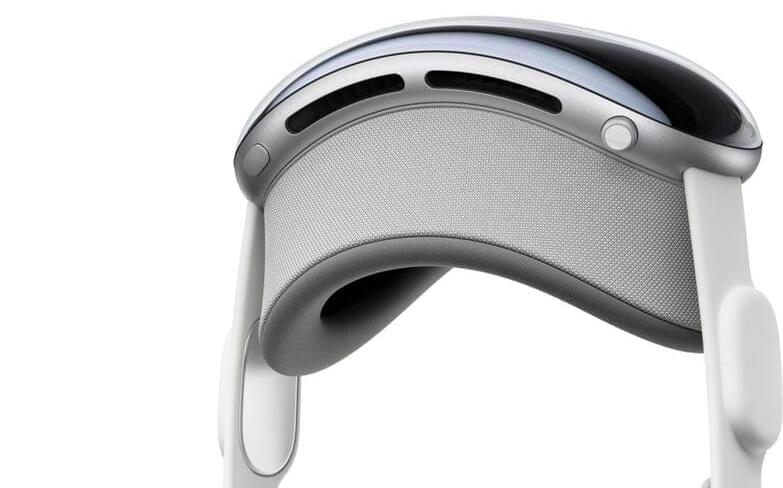Plural and Hummingbird are leading the funding round for the startup that aims to address a major contributor to housing shortfalls in Europe.


Jesse Watters discusses the very vague alleged threat to Americans that lawmakers are keeping under wraps on ‘Jesse Watters Primetime.’
Watch more Fox News Video: http://video.foxnews.com.
Watch Fox News Channel Live: http://www.foxnewsgo.com/
FOX News Channel (FNC) is a 24-hour all-encompassing news service delivering breaking news as well as political and business news. The number one network in cable, FNC has been the most-watched television news channel for 18 consecutive years. According to a 2020 Brand Keys Consumer Loyalty Engagement Index report, FOX News is the top brand in the country for morning and evening news coverage. A 2019 Suffolk University poll named FOX News as the most trusted source for television news or commentary, while a 2019 Brand Keys Emotion Engagement Analysis survey found that FOX News was the most trusted cable news brand. A 2017 Gallup/Knight Foundation survey also found that among Americans who could name an objective news source, FOX News was the top-cited outlet. Owned by FOX Corporation, FNC is available in nearly 90 million homes and dominates the cable news landscape, routinely notching the top ten programs in the genre.
Watch full episodes of your favorite shows.
The Five: https://www.foxnews.com/video/shows/t…
Special Report with Bret Baier: https://www.foxnews.com/video/shows/s…
Jesse Watters Primetime: https://www.foxnews.com/video/shows/j…
Hannity: https://www.foxnews.com/video/shows/h…
The Ingraham Angle: https://www.foxnews.com/video/shows/i…
Gutfeld!: https://www.foxnews.com/video/shows/g…
Fox News @ Night: https://www.foxnews.com/video/shows/f…
Follow Fox News on Facebook: / foxnews.
Follow Fox News on Twitter: / foxnews.
Follow Fox News on Instagram: / foxnews.
Limerence is a state of mind that prevents genuine connections by prioritizing an idealized fantasy relationship over reality, and letting go of limerence requires taking responsibility, understanding fantasies, and finding real connections.
Questions to inspire discussion.
What is limerence?
—Limerence is a state of mind characterized by obsessive thoughts and fantasies about someone, prioritizing a fantasy relationship with them in one’s head over the real relationship.

The first Hyundai plant dedicated to building EVs and batteries in the US will be open as soon as this October. According to Hyundai Motor America CEO Jose Munoz, the brand is “pulling ahead” to gain eligibility for the $7,500 EV tax credit.
Hyundai began construction on its massive $7.6 billion EV megaplant in Georgia in October 2022. A year later, the company announced that 99.9% of the foundation work was complete as it fast-tracked construction.
The site “is advancing ever day,’” according to Oscar Kwon CEO of the Hyundai Motor Group Metaplant America (HMGMA).


For the next year and a half, the camera captured snippets of his life. He crawled around the family’s pets, watched his parents cook, and cried on the front porch with grandma. All the while, the camera recorded everything he heard.
What sounds like a cute toddler home video is actually a daring concept: Can AI learn language like a child? The results could also reveal how children rapidly acquire language and concepts at an early age.
A new study in Science describes how researchers used Sam’s recordings to train an AI to understand language. With just a tiny portion of one child’s life experience over a year, the AI was able to grasp basic concepts—for example, a ball, a butterfly, or a bucket.

Apple Vision Pro is the third Apple product to use a Digital Crown. Apple Watch originally introduced the dial input method before AirPods Max adapted it as a volume knob. Now the Digital Crown is taking on its third life as one of two physical controls on Apple Vision Pro. Here’s everything you can do with the Digital Crown and top button on Apple Vision Pro.
Open Home View
Press the Digital Crown.


One Za’abeel’s Link is attempting to win the Guinness World Record title for the Longest Cantilevered Building.’
Dubai, the land of rapid development and an ever-evolving skyline is set to add yet another gem to its landscape.
Dubai’s newest skyscraper is the One Za’abeel, a project with the world’s longest cantilever, offering opulent urban resorts and a fitness hotel.
NASA has set its sights on sending human crews back to the moon and establishing a permanent base on the lunar surface. The agency wants to return to the moon, build a lunar outpost, and eventually send humans to Mars. But these missions come with risks and challenges.
As humans venture deeper into space and explore other worlds, they face daunting challenges.
How will they survive the harsh and unpredictable environments they encounter? What if meteorites, radiation, or other hazards damage their habitats? Delegating routine tasks to machines could save them time and resources, but how will they make sure these machines are reliable? These are just some pressing questions that must be answered to travel safely and sustainably beyond Earth’s orbit.